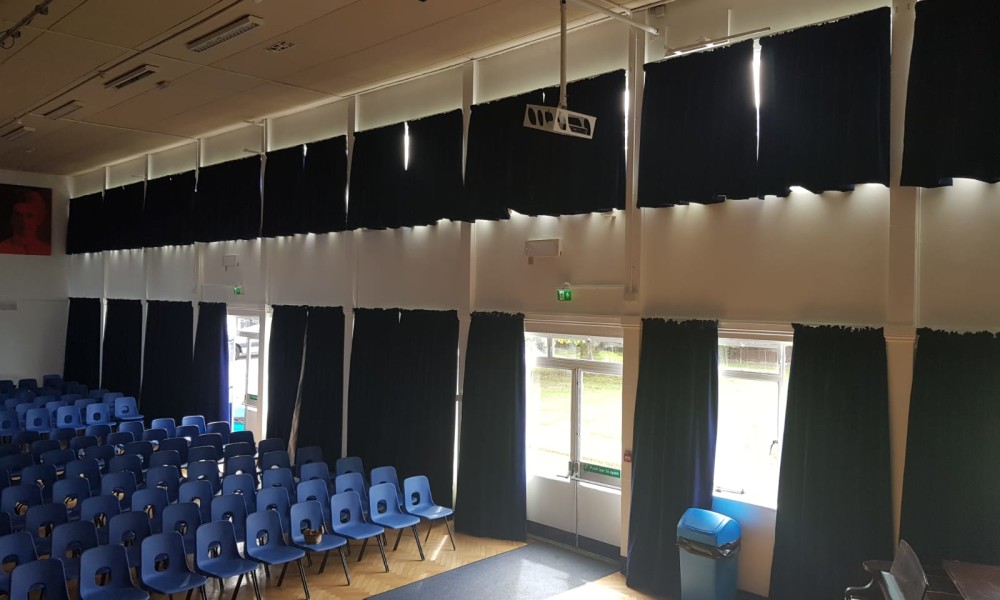
Watching a performance in a theatre lets you see a handful of things. Apart from the major actors and the overall setting, you’ll come across plush tiered seating, lighting rigs, an orchestra pit, and not to mention theatre curtains and stage drapes.
Speaking of theatre curtains or stage drapes, have you ever wondered what to choose? If you’re setting up your school or studio plays, you will need certain types of curtains or drapes. Know that there are several theatre curtains available in the market, with various colours, sizes, and designs. In terms of flexibility, you will always have something that suits your theatre needs.
In the following sections, we’ll cover the four basic types of theatre curtains. Also, keep on reading to learn more about their features and see which type of theatre curtain to choose.
1. Front Curtains
The front curtain is the most popular type of theatre curtain you will find in many settings. Think about a play that’s about to start – you’ll see the front curtain being opened to kick off the show. This curtain is also closed to signify the ending of the play. Also known as the front tab, a front curtain is usually made of hefty fabric. It is installed right at the front of the stage, just behind the proscenium arch. It is sorted into two sections that can be opened or closed horizontally while others one front curtain that’s pulled upwards to the ceiling area.
2. Cycloramas
A cyclorama is a large curtain serving as a wall that’s positioned at the back of the apse. Popularized in the German theatres back in the 19th century, this curtain continues to be used in theatres today across the globe. The cyclorama has a functional value where you can use lighting to project the desired setting. For instance, you can use lighting to create an image of the sky or incorporate different colours and lights that match the mood of the plot.
3. Dress Legs and Borders
Dress legs and borders play a vital role in a traditional stage setting. The dress legs are tall, narrow drapes hanged on either side of the stage, and are used to conceal movements and props in the wings. As such, actors waiting for their turns to appear on stage can momentarily stand without being seen in the wings. On the other hand, the borders are hanged down horizontally from the top of the stage to hide rigging and other equipment in the ceiling.
4. Scrims
A scrim is a very light textile made from cotton, and it has extensive use in theatre. Usually lightweight and translucent, this can be ideal for creating a certain atmosphere in the theatre set-up. When lit from the front, this curtain becomes opaque, but the curtain becomes transparent when lit from behind. From the looks of it, you’ll know that scrims can be used for various plots to create different effects appropriate to the scenes.
Conclusion
At this point, you now know that theatre curtains are incorporated in the theatre settings to contribute to the atmosphere and overall experience of the show. Whether front curtains, cycloramas, dress legs and borders or scrims, you will have something to install to enhance the play’s setting and put actors in the spotlight.
We manufacture, supply, and install contract curtains, blinds, tracks, and soft furnishings across the UK and Europe. If you specifically need theatre curtains or stage drapes, get in touch with us today to see how we can help!


